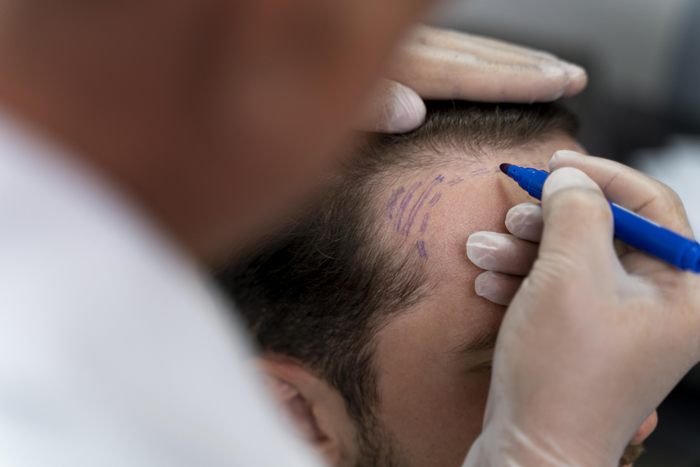Scalp advancement, also known as scalp advancement flap, is a surgical procedure commonly used in the field of plastic and reconstructive surgery. It is primarily performed to address issues such as hairline recession, forehead reduction, or to correct various scalp conditions. Here’s an overview of scalp advancement
Download Our Brochure
Download




